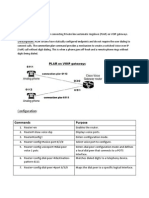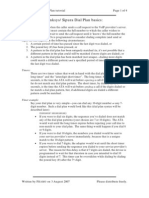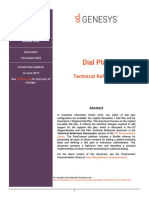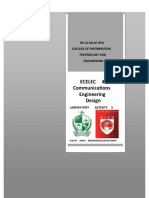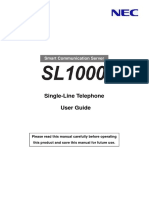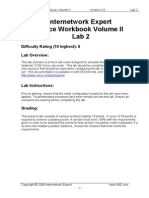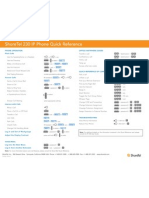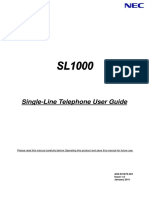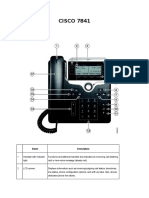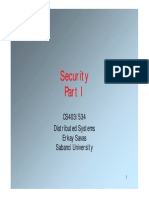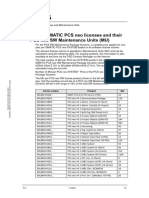0% found this document useful (0 votes)
8 views4 pagesPractice Activity: Discovery 10: Practice Lab: Explore Private Line Automatic Ringdown (PLAR)
The document provides a practice lab for configuring Private Line Automatic Ring-down (PLAR) using SCCP, focusing on emergency phone setups that automatically dial 911. It outlines the necessary configurations, including partitions, calling search spaces, and translation patterns, to ensure that the phone can only connect to emergency services. The lab aims to enhance understanding of Class of Service (CoS) and PLAR functionality within a specified timeframe.
Uploaded by
Dúber PérezCopyright
© © All Rights Reserved
We take content rights seriously. If you suspect this is your content, claim it here.
Available Formats
Download as PDF, TXT or read online on Scribd
0% found this document useful (0 votes)
8 views4 pagesPractice Activity: Discovery 10: Practice Lab: Explore Private Line Automatic Ringdown (PLAR)
The document provides a practice lab for configuring Private Line Automatic Ring-down (PLAR) using SCCP, focusing on emergency phone setups that automatically dial 911. It outlines the necessary configurations, including partitions, calling search spaces, and translation patterns, to ensure that the phone can only connect to emergency services. The lab aims to enhance understanding of Class of Service (CoS) and PLAR functionality within a specified timeframe.
Uploaded by
Dúber PérezCopyright
© © All Rights Reserved
We take content rights seriously. If you suspect this is your content, claim it here.
Available Formats
Download as PDF, TXT or read online on Scribd
/ 4






